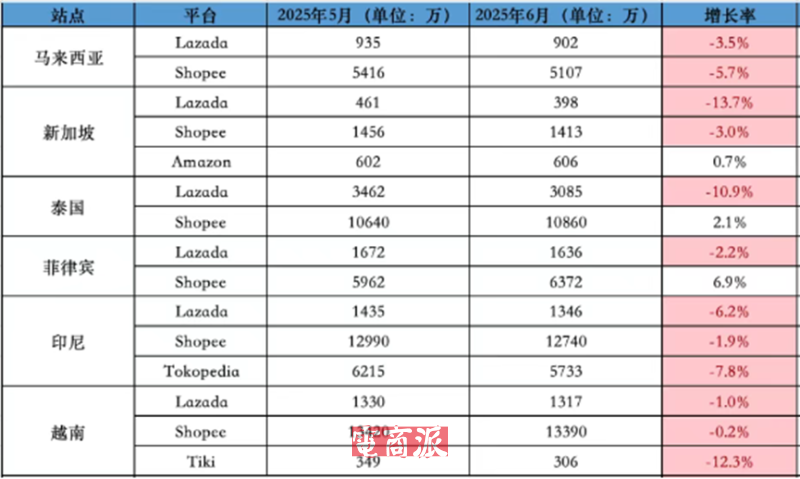html

HTML (Hypertext Markup Language) is a markup language used for creating the structure and presentation of web pages on the internet. It consists of a series of elements (tags) that define the structure and content of a webpage. HTML is the standard language for building websites and is supported by all web browsers.
HTML documents are written using a combination of tags and text enclosed in angle brackets. The tags define the structure and elements of the webpage
such as headings
paragraphs
images
links
and tables. The text between these tags provides the content and information that is displayed on a webpage.
HTML tags can also include attributes
which provide additional information about the elements. Attributes can be used to specify the appearance
behavior
and other properties of an element. For example
the `href` attribute is used to define the URL of a link
and the `src` attribute is used to specify the source file of an image.
HTML is often combined with CSS (Cascading Style Sheets) to define the visual appearance of a webpage. CSS allows you to control the layout
colors
fonts
and other visual aspects of a webpage
while HTML focuses on the structure and content.
To display an HTML document
it needs to be opened in a web browser. When a browser reads an HTML document
it interprets the HTML tags and uses them to render the webpage. The browser combines the HTML with any associated CSS and JavaScript to create a fully functional
interactive webpage.
Overall
HTML is the foundation of web development and provides the structure and content for webpages. It allows web developers to create websites that can be accessed and viewed by users around the world.
 邮件群发-邮件群发软件|邮件批量发送工具|群发邮件平台|批量邮箱发送系统公司
邮件群发-邮件群发软件|邮件批量发送工具|群发邮件平台|批量邮箱发送系统公司








